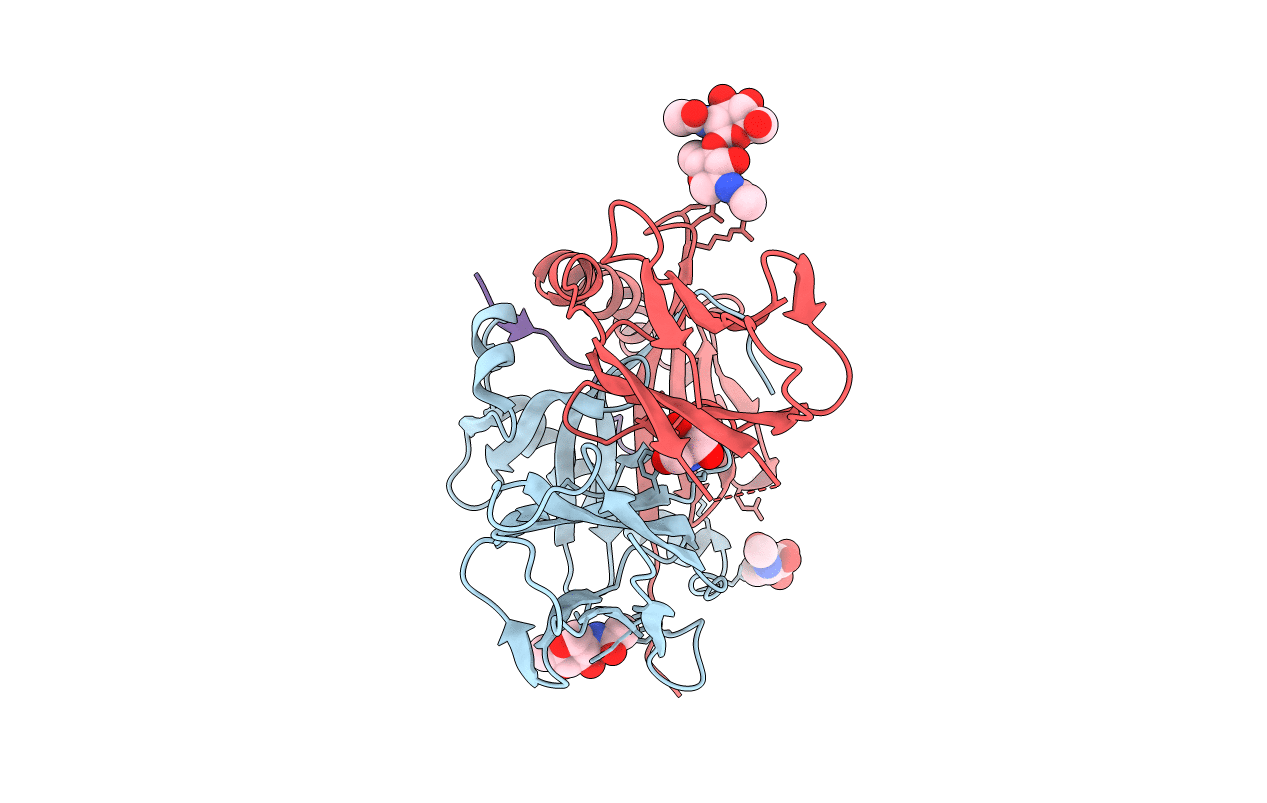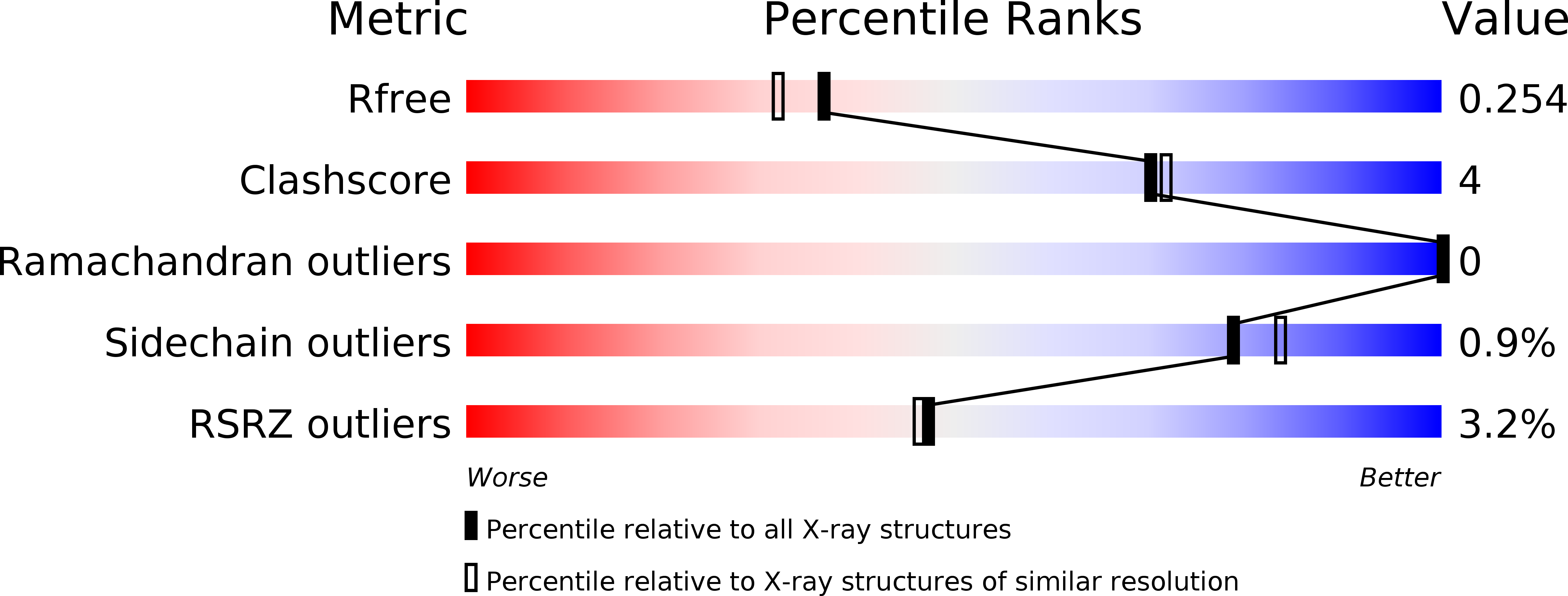
Deposition Date
2018-05-23
Release Date
2019-05-08
Last Version Date
2024-11-13
Entry Detail
PDB ID:
6DIG
Keywords:
Title:
Crystal structure of DQA1*01:02/DQB1*06:02 in complex with a hypocretin peptide
Biological Source:
Source Organism:
Homo sapiens (Taxon ID: 9606)
Host Organism:
Method Details:
Experimental Method:
Resolution:
2.00 Å
R-Value Free:
0.25
R-Value Work:
0.21
R-Value Observed:
0.21
Space Group:
C 1 2 1


